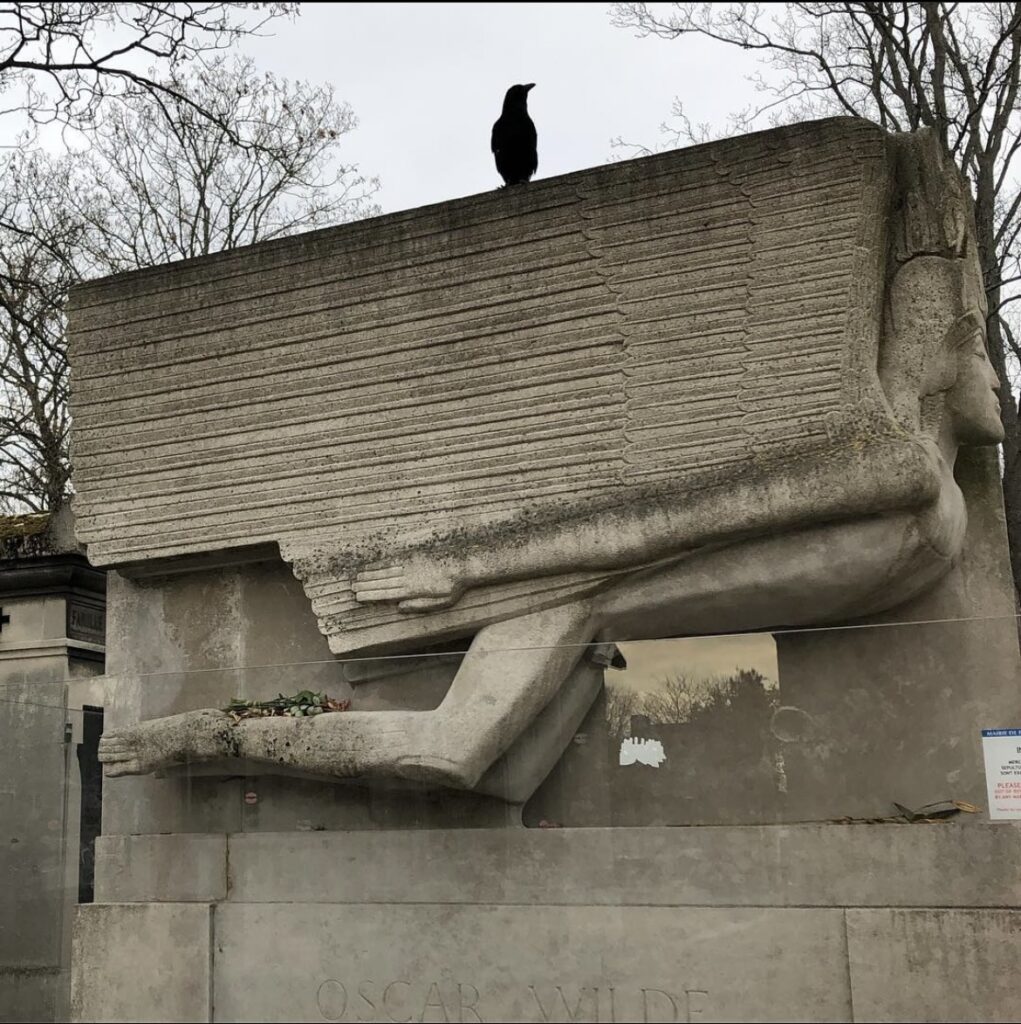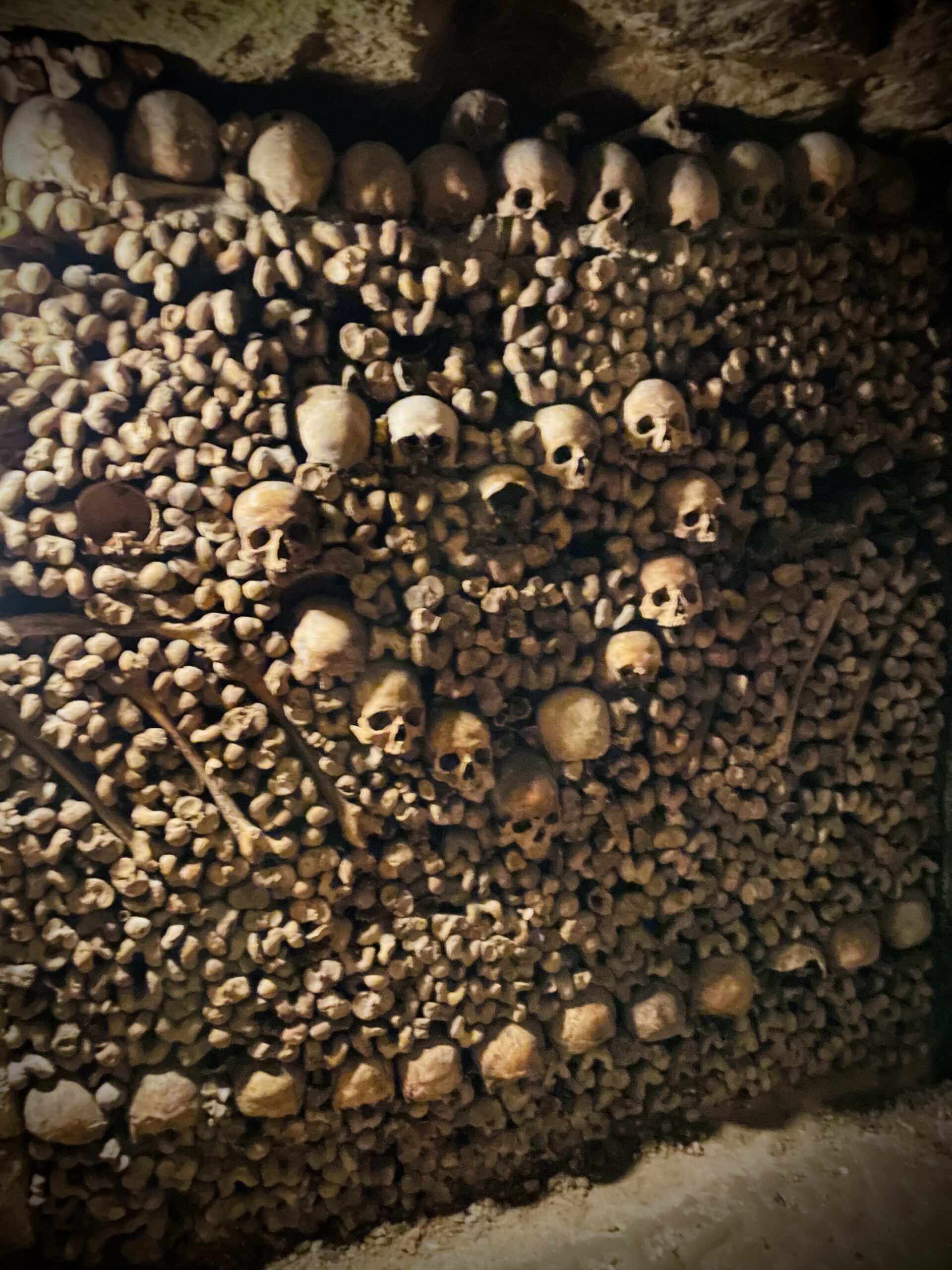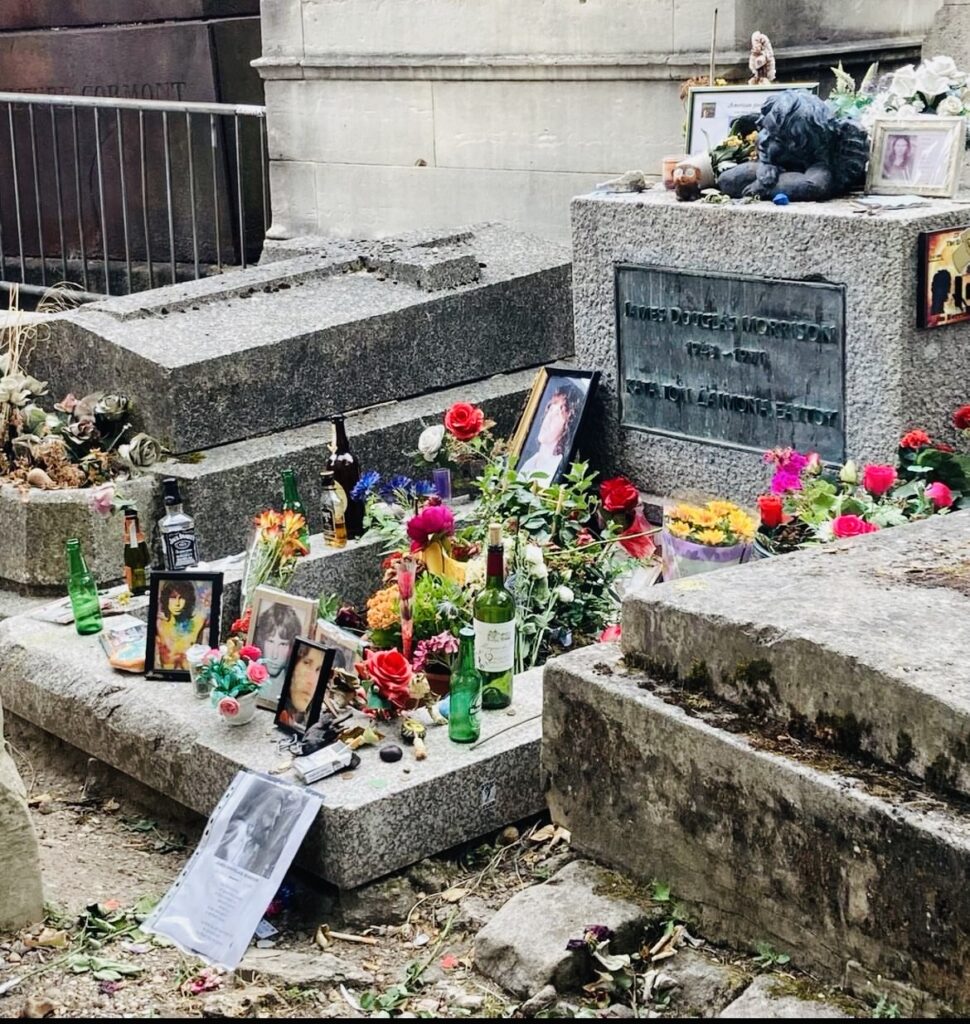
Recently, my death doula travels brought me to France. It’s hard not to be awed by the life of the country and its people. But what about death? Is there anything unique about the way the French look at the end of life?
“When good Americans die they go to Paris.” – Oscar Wilde
Like many European countries, French death rituals and customs are influenced by cultural, religious, and legal factors.
Funeral Traditions
Funerals, memorial services, and similar ceremonies in France often involve a religious service, but secular ceremonies are also common. Ultimately, their ceremonies are an opportunity for family and friends to gather and pay their respects.
Burial is a common choice, but cremation is also accepted. Like elsewhere, the cremains may be interred in a cemetery or scattered in a designated area.
Mourning Period
Traditionally, French mourners set aside several weeks to commemorate the loss of a loved one and mourn their passing. However, modern practices may vary, and individuals may choose a shorter duration for their mourning.
Religious Influences
For those of the Catholic faith, there are specific religious rituals associated with death, including a funeral Mass. There’s also a growing trend towards personalizing funeral ceremonies, with some individuals opting for non-traditional venues or unique ways to celebrate the life of the deceased.
Ways that have nothing at all to do with French culture.
This can be the result of immigrants coming from other countries, and bringing those death rituals with them, or may be the result of a more secular worldview.
Sympathy Journals
When I travel, I always look for specific or unique death rituals. It helps me to know many possible ways to commemorate the death of loved ones for my many clients, who come from a variety of backgrounds.
Sympathy journals in France fit the bill.
It may not be as common in a big city like Paris, but mourners in many small towns still follow this tradition. When someone dies, their loved ones pin a journal decorated with black cloth on their door. Then grief-stricken loved ones, community members, and even strangers write messages inside it.
They can write whatever they like but usually express condolences, express grief, offer support, or share memories of the deceased.
This practice allows the family some privacy to grieve inside the house while giving others a chance to provide comfort. Although the sympathy journal can also be placed at the funeral or memorial service, having it outside the home allows those who couldn’t attend the service a chance to share their sympathy.
Afterward, the inner circle treasures this journal of memories and thoughtful messages. It’s a unique way to help loved ones mourn and process their grief in community with others.
French Death Superstitions
More rural parts of France still hold several death superstitions. For example, in some villages, people remove open water sources when someone passes away. They do this traditionally to prevent the deceased’s soul from falling in and drowning.
Many of these same folks might leave an open jar of honey by the deceased body for some time. They believe that honey connects the soul with other souls of the departed. It also attracts flies, which have been believed to hold the souls of the deceased.

Arrête! C’est Ici L’empire de la Mort
Every city, or culture, has something unique to say about death or dying. As I made my way through a protest against strict immigration laws (Parisians always seem to be down for a revolution…respect), I found a stairway that led underneath the city with a warning sign.
“Stop! This is the empire of death!”
A warning to some, but to a death doula? An invitation.
The Catacombs of Paris are a unique and intriguing aspect of French history and culture.
History of the Catacombs
They originated in the late 18th century. Due to fear of disease from hospitals or the overcrowded cemeteries, particularly the Cemetery of the Innocents, city officials relocated human remains to underground tunnels.
This area also served as the primary final resting place for those who fought during the French Revolution, many of whom died by guillotine, including one of the movement’s most controversial figures Maximilien Robespierre.
The Catacombs are located twenty meters beneath the streets of Paris and extend for 1,500 meters. So definitely bring your walking shoes and a sense of adventure. You may also need to crouch here and there if you’re over six feet tall.
The bones in the Catacombs are respectfully arranged in a careful and often artistic manner, creating a macabre but fascinating display. They also serve as a symbolic space, emphasizing the transitory nature of life and the inevitability of death.
Since 1809, they’ve been open to the public and have become a popular tourist attraction.
If you visit, you can explore the underground tunnels with guided tours, learning about the history and significance of this unique burial site. You can also listen to an audio tour on your headphones/cell phone app.
Although unauthorized access to the vast network of tunnels is illegal, renegade urban explorers routinely explore off-limit areas and have lived to tell about it.
Conservation and Preservation
French authorities carefully maintain the Catacombs to ensure the preservation of the remains and the tunnels themselves. They are a constant presence on the walkways to protect the site and respect the memory of those interred.
The Right to Die in France
As of my recent visit, and this article’s publication in 2024, medical aid in dying or assisted dying, commonly referred to as euthanasia, is not legal in France. The French hold a conservative stance on end-of-life decisions. However, legal and ethical considerations on this matter can change, so I’ll make periodic inquiries to post current information.
French law prohibits assisted suicide, which consists of a caregiver giving a patient who requests it the means to end their life. On the other hand, euthanasia and assisted suicide are permitted in a handful of other countries in Europe.
The palliative care community has historically used sedation practices in France, but since 2016 the Claeys-Leonetti law regulates the ‘continuous and deep sedation maintained until death’ (CDSUD). Patients with serious, incurable, and short-term life-threatening diseases can utilize palliative sedation under the CDSUD law.
Doctors may also stop treatments including feeding and all life-sustaining support until their patient’s death. Laws surrounding this practice impose a cooperative decision on certain end-of-life treatments or decisions and affirm that the physician is the ultimate decision-maker in these cases.

Cimetière du Père-Lachaise
“They are waiting to take us
Into the severed garden
Do you know how pale and wanton thrill-full
Comes death on a strange hour?
Unannounced, unplanned for
Like a scaring over-friendly guest
You’ve brought to bed
Death makes angels of us all
And gives us wings
Where we had shoulders
Smooth as raven’s claws” – Jim Morrison
At 110 acres, the Père Lachaise Cemetery is the largest in Paris, France. With more than 3.5 million visitors annually, it is the most visited necropolis in the world. Many search for headstones honoring Jim Morrison, Oscar Wilde, or the thousands of regular Parisians buried there.
Located in the 20th arrondissement, this beautiful and peaceful garden graveyard was the first municipal cemetery in the city.
Although the Père Lachaise is still an operating cemetery and accepting new burials, it hosts visitors sporadically so call ahead on the day you plan to visit. And unfortunately, it no longer provides just anyone a plot for eternal rest.
You must either die in the French capital city or have lived there for a specific amount of time. There is also a waiting list.
In the End
I enjoyed my time exploring France, talking with residents and visitors alike about their unique death-specific practices. If you’d like to learn more about this or other cultural death rituals, to see what might be a good fit for you, click here to get in touch with me today.


Recent Comments